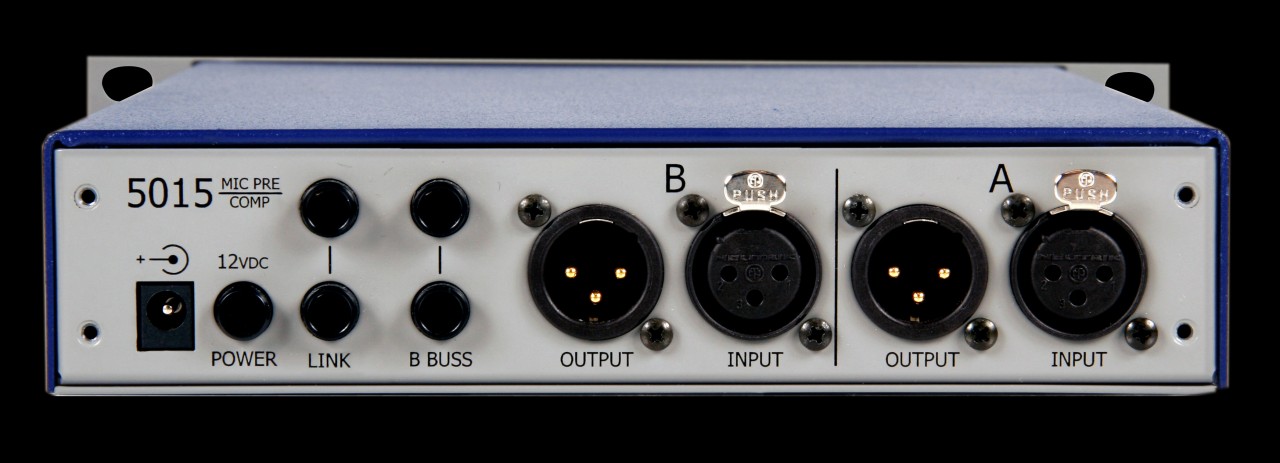Neve Portico 5015 Preamp/Compressor

After spending some twenty years on Neve 1073 and 31102 preamps and SSL 4000e and G preamps, my company decided to move on to the digital world. They did buy me some nice Avalon Vt-737 preamps to keep things from getting too digital crispy. The Avalons are excellent tube preamps, more like channel strips, with preamp, EQ, and tube compressor all built in. While they have a clear, crystalline top end, I always felt there was something missing on the bottom. Clearly, I'm a Neve kinda guy.
We recently decided to try out a Neve Portico 5015 just to see if we could recover the Neve sound. The 5015 is a half-rack preamp/compressor combination (no EQ) designed by Rupert Neve in the same line of thought as his earlier designs. The preamp is VERY much like his previous designs, built around ganged resistors and a rotary switch that allow precise steps up the range of the preamp to full throttle. For those who prefer to ride the preamp during recording there is a trim control so you can make smaller changes without jumps. The preamp is designed with Neve's very high input impedance and carefully designed transformers that allow the mic to work unloaded by the preamp. A variable low-frequency rolloff is provided along with an in/out switch. The compressor and preamp may be used separately or may be linked preamp -->compressor. The compressor is a classic Neve five-knob design (ratio, threshold, attack, release, gain) that goes from 1:1 to limit. As such, you can set the threshold way up high and dial-in the settings you want and then drop the threshold until it takes effect, all on the fly. It offers feedback or feed-forward compression. Feedback compression was the classic Neve method that took a split from the compressed signal to control the compressor. Feed-forward is the modern, faster control method, taking the control signal pre-compression. All controls feel tight and precise, giving the unit a very professional feel.
Well, how does it sound? The first thing that struck me was the low end: it was a trip right back to my Neve days. The rich bottom of the Neve preamps was legendary, and this unit falls right in with its heritage. What strikes me is the dynamics of the bottom end. The bloom of bottom end response was so noticeable when compared to the Avalons that my immediate thought was, "Whooo, I'm going to have to pay more attention to proximity!" After working with the Portico in several sessions, I've also come to love the high end of the units as well. There's a smooth sheen that is hard to describe but quite different from the Avalons. The compressor is extremely transparent. I use it mostly to control extreme excursions on voice and it does so very nicely without a bunch of artifacts. Here is where Neve's art has progressed - the old 2264a compressors were lovely and had very nice response characteristics, but they were more sensitive to high end - the more you compressed, the more high-end you lost. It was just a fact of life everyone understood. This modern design has the lovely response but doesn't seem to differentially compress when you are in the feed-forward mode. That's very nice. However, hit the "silk" button on the preamp and use feedback compression and you are back completely in the old sound of Neve.
There's a lot more to the unit, but I thought you might like a quick tour. We're keeping it and I've recommended we purchase several more of them for use in all of our control rooms. I'll keep the Avalons but I'll be using the Porticos more for critical voice work.

= =
=


